First, lets get a clear picture of what blockchain technology is. A blockchain facilitates secure online transactions. A blockchain is a decentralized and distributed digital ledger that records transactions across many computers in such a way that the registered transactions cannot be altered retroactively. So how can this technology benefit your food grade supply chain? Shipping today is riddled with documentation, regulations, and policies that require certificates of origin, letters of credit, bills of lading, vessel manifests, and customs declarations. When dealing with food grade materials, the paperwork can become overwhelming. Blockchain converts documents, such as traditional vessel manifests or bills of lading into a digital ledger that all parties can see and share. This distributed database maintains a continuously growing list of data records hardened against tampering and unapproved alterations.
Read MoreFree Assessment, call 732-899-4242




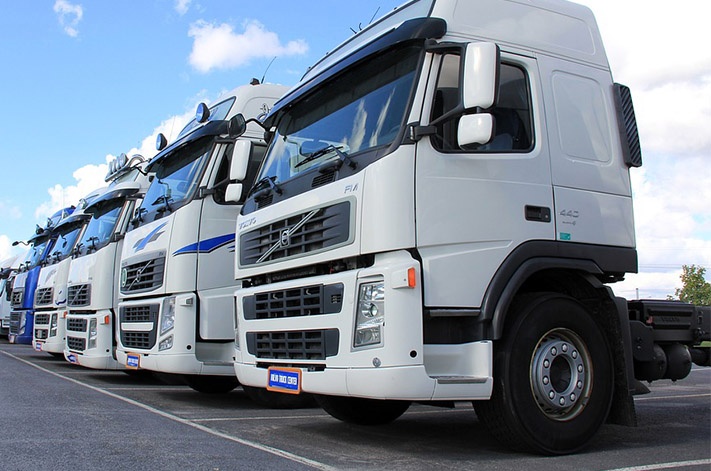

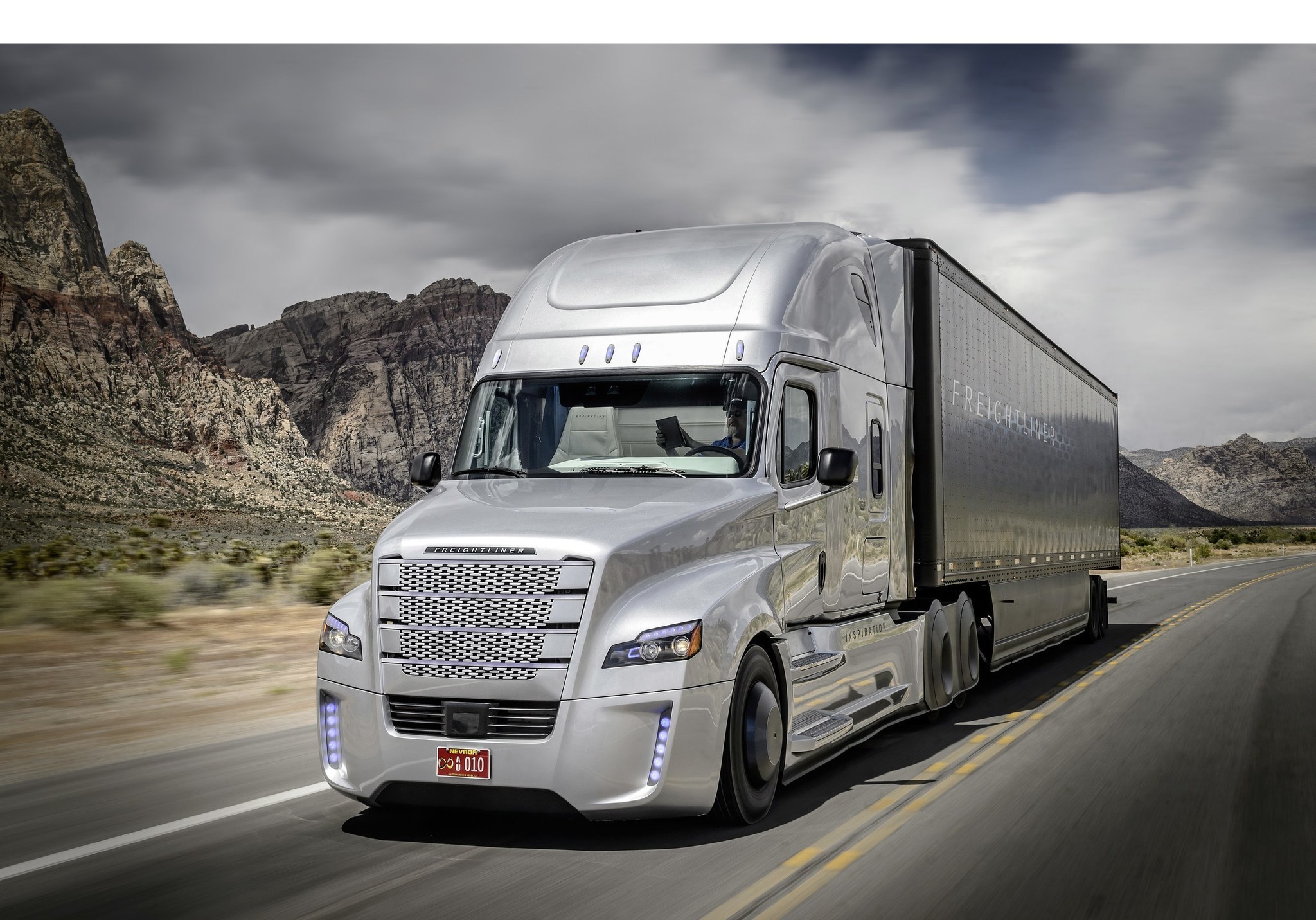

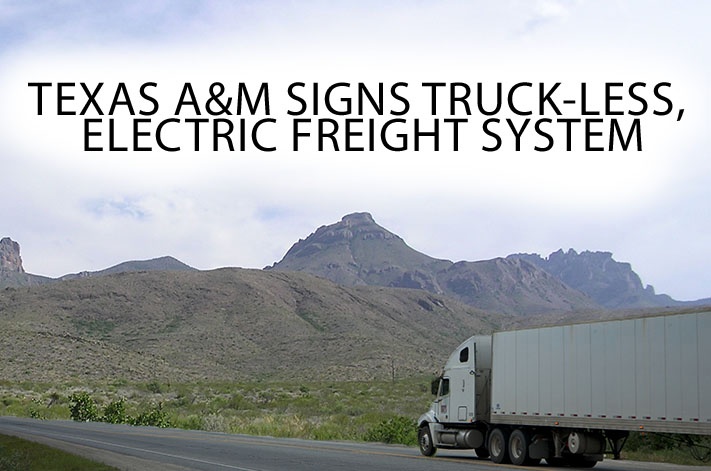
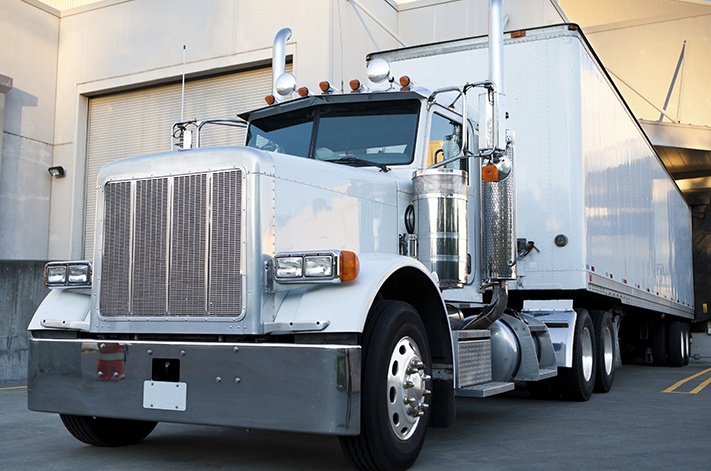
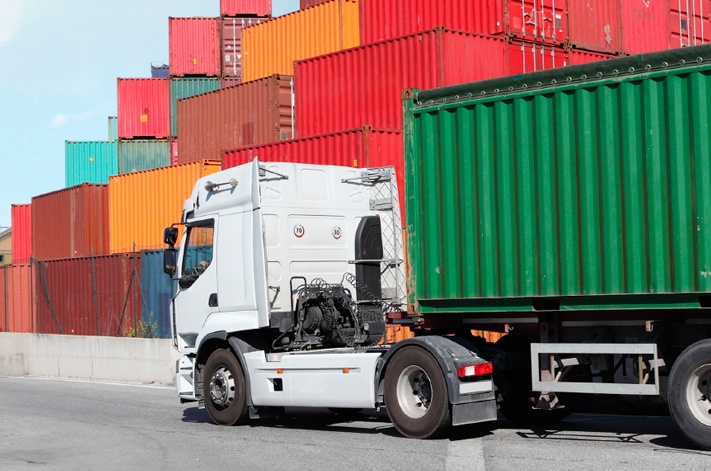

 Land-Link, a well respected professional organization, has been providing its clients with effective transportation and logistics solutions since 1978.
Land-Link, a well respected professional organization, has been providing its clients with effective transportation and logistics solutions since 1978.

